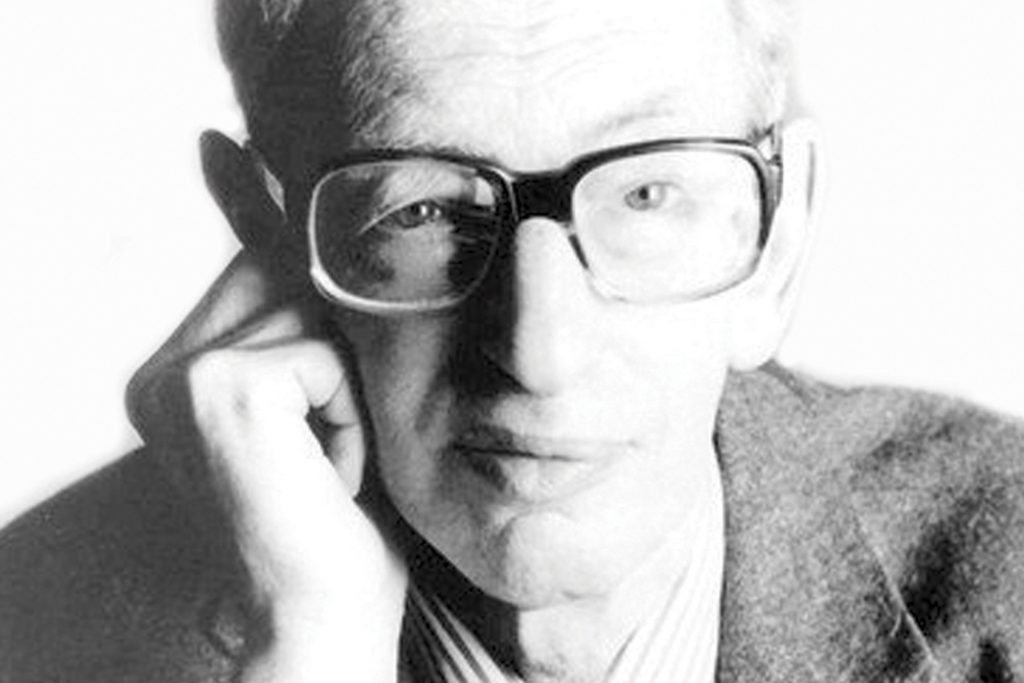
Memory Wound by Jonas Dahlberg
Those of us who signed up to the Landscape and Power lecture during Birkbeck Arts Week 2017 would have seen an arresting image posted on the event flyer. In the talk in Room BO3 of 43 Gordon Square we learn that this image is computer generated. It is of a proposed memorial, entitled ‘Memory Wound’, to the victims of the mass murder by Anders Breivik on the island of Utoya, Norway which formed part of a discussion by Joel McKim (Birbeck) on memorials and landscape. Swati Chattopadhyay (University of California Santa Barbara) also spoke on the cultural landscape of British Colonialism in Bengal, India. David Haney (University of Kent) discussed architecture and German landscape history.
We see how humans have shaped their cultural and political identity by way of landscape in a journey that took us around the globe and through time. Chattopadhyay’s presentation focused on architecture in Lucknow in the 1850s, in particular Dilkusha Palace. Dilkusha was built in the 1800s as a hunting lodge in an English Baroque style. In 1857 it was the scene of an Indian uprising against the British, a battle which is now considered a precursor in the campaign for Indian independence. The building was damaged in the siege and later abandoned by the British and left to decay. Later on though, the gardens were replanted and nurtured, and visited by British residents and tourists. Lucknow is known as the city of gardens. It’s well documented by Victorian novelist Edith Cuthell in her book ‘My garden in the City of Gardens’.
David Haney’s presentation looked at the Nazi cultural landscape, strengthening territory through earth–rooted monuments. Haney discussed Hitler’s decentralization of Nazi power away from Nuremberg by building Order Castles, such as Ordensburg Vogelsang built in 1936 in Eifel (North Rhine-Westphalia). Ordensburg Vogelsang was primarily a training ground for Hitler youth but was also visited by working people at the weekend for moral edification. This masculine composition, based on a medieval fortress, appeared to meld into the landscape, as if it was hewn from a rock face, emerging from the soil. In truth, a great deal of state of the art Nazi technology was used during its construction. The building has since been erased and is referred to as a Third Reich ruin.
Birbeck’s Joel McKim observed that, overall, contemporary memorial design has shifted from objects to memory spaces in the landscape. This shift has come with a secularisation of memorials, away from monuments stretching towards the heavens with celestial themes. He cited the Vietnam Veterans Memorial in Washington DC, designed by architect Maya Lin which has an edge to the earth, an open side.
Fresh Kills (kills is the Dutch word for stream) on Staten Island, formerly a landfill site visible from outerspace, is being restored as a public park in memory of 9/11. The attack on the World Trade Centre on 9/11 represented a direct attack on home soil, a violation of the national body. In this case this memorial must have a direct relationship to the landscape. The memorial at Fresh Kills is underway, but it’s expected to take at least 30 years before completion. Matters have been further complicated because Fresh Kills is where forensic teams are sorting through remains, including human debris, from 9/11.
In 2014, Swedish artist Jonas Dahlberg’s artwork ‘Memory Wound’ was selected as the memorial to the Utoya massacre, whereby a 3.5 metre slit is cleaved into the Sørbråten Peninsula, pointing towards Utoya . Memory Wound signifies a wound in the landscape, within nature itself in memory of the 77 people that were killed. The memorial is sanctioned by the Norwegian government but has given rise to serious objections from the local artistic community and residents of Utoya because of its extreme nature. Survivors of the massacre and family members have mixed views towards the memorial.
The panel members were questioned about the growth of ‘trauma tourism’ and the ethics behind it during the Q and A that followed. They agreed these memorials should invoke a sense of respect for the deceased and for their suffering. At the end of this informative discussion it was highlighted that taking selfies around these memorials is entirely inappropriate.
Sonali Jayetileke is an alumna of Birkbeck’s Certificate of Journalism, 2012 (www.fifthplinthwriters.co.uk)


